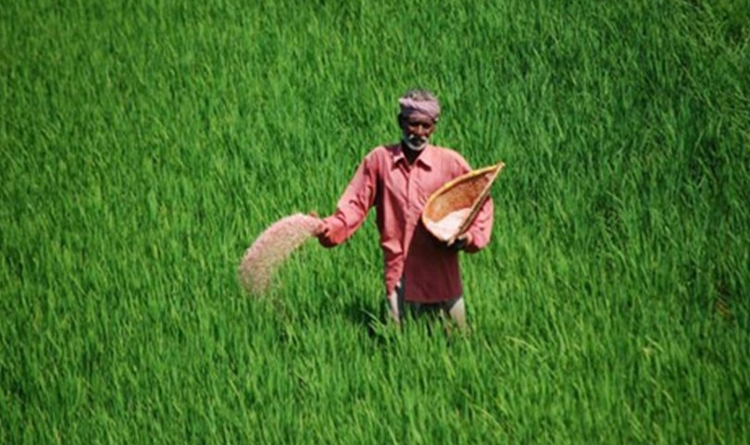Paragraph : The Life of a Farmer
Paragraph : The Life of a Farmer
A farmer is a person who cultivates land and grows crops. He is a very important person in our society. Generally, he lives in a village. His house is made of corrugated. iron sheets or straws. An ideal farmer lives a very simple life. He earns his livelihood the sweat of his brow. He works from morning till evening. He gets up very early in the morning and takes a little breakfast. He goes to his field with and wooden plow and a pair of bullocks. He cultivates and prepares his land with simple hand-made tools. Sometimes he is so busy that he cannot make time to go home for the noonday meal. He has both pleasures and pains in his life. He gets pleasures when he has a good harvest. But he gets pains when his crops are destroyed by droughts, floods or cyclones. Though a farmer works hard, he cannot meet the basic needs of his family. He lives from hand to mouth. He also suffers from many diseases. However, a farmer can improve his condition by availing of the easy loans and by planned use of it. He should take advantage of scientific mechanized tools and the latest method of cultivation. In our society, a farmer is meant to belong to the lower class. But in reality, an ideal farmer is an asset to the country. He contributes a lot to the economy of the country. We can better their overall condition taking concerted steps.
Or,
The life of a Farmer is a challenging but rewarding one. Farmers are responsible for growing the food that feeds the world, and their work is essential to our survival. They rise early every day to tend to their crops and livestock, working long hours in the fields, barns, and pastures. Despite the hard physical labor, farmers take pride in their work and the connection they have to the land. They also face numerous challenges, such as unpredictable weather patterns, pests and diseases, and fluctuating market prices for their products. However, farmers are a resilient bunch, and they persevere through these difficulties, often passing down their love of the land and their way of life from generation to generation. Despite the hard work and challenges, the life of a farmer is a fulfilling one, as they get to see the fruits of their labor feed families and communities. Farmers in Bangladesh also face the issue of limited access to credit and finance, making it difficult for them to invest in modern farming techniques and equipment. This results in low crop yields and limited income, perpetuating the cycle of poverty. Furthermore, the lack of infrastructure and storage facilities also contributes to the waste of a significant portion of the harvest, further reducing the farmers’ income. Climate change and environmental degradation are also serious concerns in Bangladesh, with rising sea levels and frequent natural disasters, such as floods and cyclones, posing a threat to crops and livelihoods. Despite these challenges, farmers in Bangladesh remain resilient and continue to work tirelessly to provide for their families and communities. With the right support and resources, they have the potential to improve their lives and the agricultural sector in Bangladesh. Another challenge faced by farmers in Bangladesh is the lack of proper irrigation systems, which leads to dependence on monsoon rains for crop growth. This often results in crop failures and food shortages, especially during times of drought. Moreover, many farmers in Bangladesh do not have access to information and training on modern farming techniques, leading to outdated and inefficient practices. This not only affects their yields but also their health and safety, as they are often exposed to harmful chemicals and pesticides. Additionally, the limited market access and lack of bargaining power also puts farmers at a disadvantage, as they are often forced to sell their produce at low prices. This means that they struggle to earn a fair income for their hard work and cannot invest in improving their farms. The lack of proper transportation and storage facilities also means that the crops are often not transported to the markets in a timely manner, leading to further losses.

